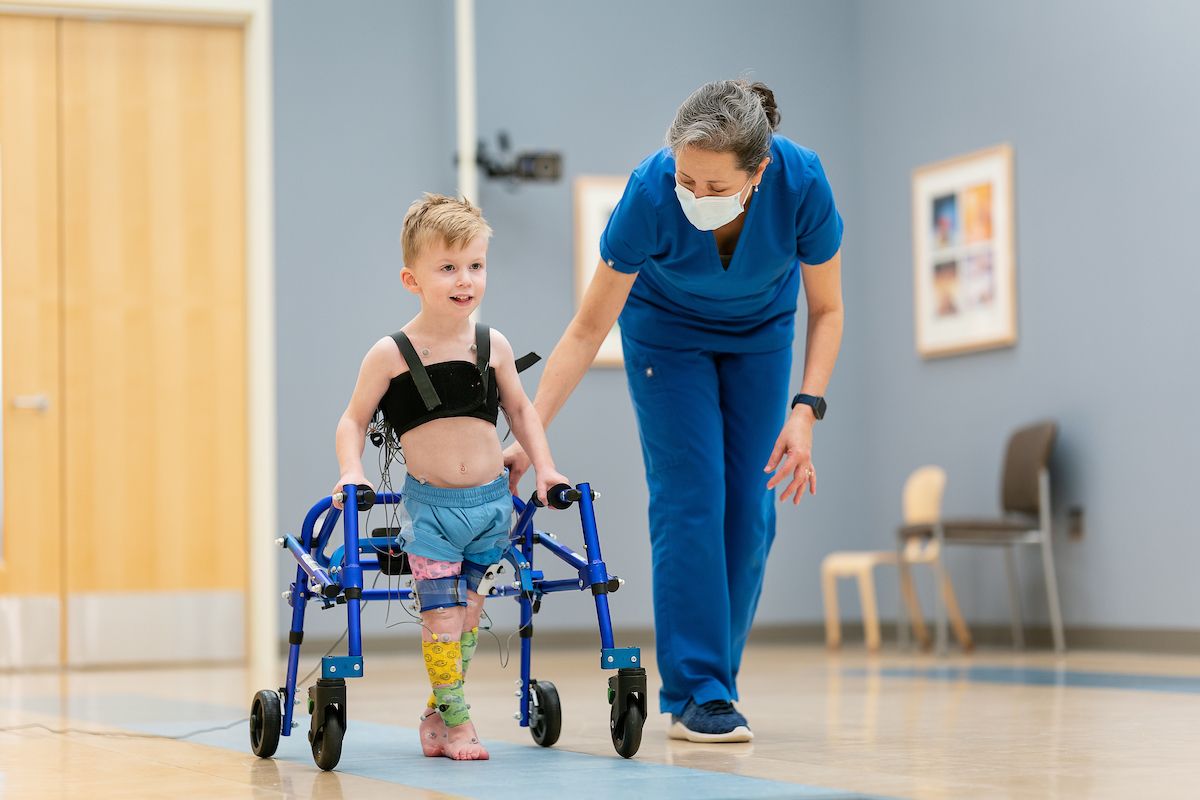Nursing diagnosis for Cerebral Palsy
In this post, you will read about Nursing diagnosis for Cerebral Palsy and nursing assessment.
Cerebral palsy (CP) refers to a group of neurological disorders that appear in infancy or early childhood and permanently affect body movement and muscle coordination. According to the National Institute of Neurological Disorders and Stroke (NINDS), the condition is caused by abnormal brain development or damage to the developing brain that affects a person’s ability to control his or her muscles and movements.
CP can manifest in various forms and degrees of severity and can cause problems with muscle tone, movement, balance, and posture. While there is no known cure for cerebral palsy, various therapies, and treatments, such as physical therapy and medication, can help manage symptoms and improve the quality of life for those with the condition.
check this: Nursing care plan for diabetes mellitus
Nursing care plan for Cerebral palsy
For a patient with cerebral palsy, nursing care planning objectives can include enhancing mobility and independence, maximizing nutrition and development, encouraging effective communication, avoiding complications and injuries, and offering support and education to the patient and their carers.
Assessment
A nursing assessment for a patient with cerebral palsy would typically involve a thorough evaluation of the patient’s functional abilities, including motor skills, communication, and sensory perception. Here are some of the key components that may be included in the assessment:
- Assess the patient’s muscle tone, strength, and coordination, and any associated motor impairments.
- Evaluate the patient’s ability to communicate verbally and nonverbally, and identify any associated speech disorders.
- Evaluate the patient’s sensory perception, including any hearing or visual impairments.
- Assess the patient’s nutritional status, including caloric and fluid intake as well as any feeding issues related to motor or promotor dysfunction.
- Assess the patient’s psychosocial and emotional needs, including quality of life and coping skills related to the diagnosis of cerebral palsy.
- Monitor for any other co-occurring medical conditions, such as seizures or respiratory issues, that may require additional interventions.
Overall, a comprehensive nursing assessment can help identify any strengths and areas of need for the patient with cerebral palsy and develop an individualized care plan that maximizes the patient’s function and quality of life.
Read Also: Nursing Care Plan For COPD
Nursing diagnosis for cerebral palsy
Some potential nursing diagnoses for a patient with cerebral palsy may include:
1 Risk for injury related to impaired physical mobility, spasticity, and/or uncontrolled movements.
2. Impaired verbal communication related to dysarthria or other speech disorders.
- Impaired social interaction related to difficulty with communication or mobility.
- Imbalanced nutrition: less than body requirements related to feeding difficulties or motor impairments.
- Risk for impaired skin integrity related to immobility and/or pressure ulcers.
Nursing interventions for CP
Some nursing interventions that may be appropriate for a patient with cerebral palsy include:
- Mobility exercises: These may include passive or active range-of-motion exercises to help maintain joint flexibility and prevent contractures, as well as exercises to improve overall strength and coordination.
- Positioning: Proper positioning can help prevent complications such as pressure ulcers from prolonged immobility. The patient should be positioned in alignment and repositioned frequently to prevent skin breakdown.
- Communication assistance: Patients with cerebral palsy may have difficulty with verbal communication, and may require assistive devices or alternative methods of communication such as sign language or communication boards.
- Nutrition support: Patients with cerebral palsy may have difficulty with feeding due to motor impairments, and may require assistance with positioning or specialized feeding techniques.
- Skincare: Patients with cerebral palsy may be at increased risk for skin breakdown due to immobility or pressure. Proper skin care, including frequent turning and positioning and the use of specialized cushions or mattresses, can help prevent pressure ulcers.
Read Also: Nursing Care Plan For Hypertension
Final Thought
You can apply these interventions based on the nursing diagnosis of the patient or client. A lot of rehabilitation activities should be carried out with the patient. These are just a few considerations for nursing care planning for a patient with cerebral palsy. The plan should be individualized based on the patient’s specific needs and goals.







